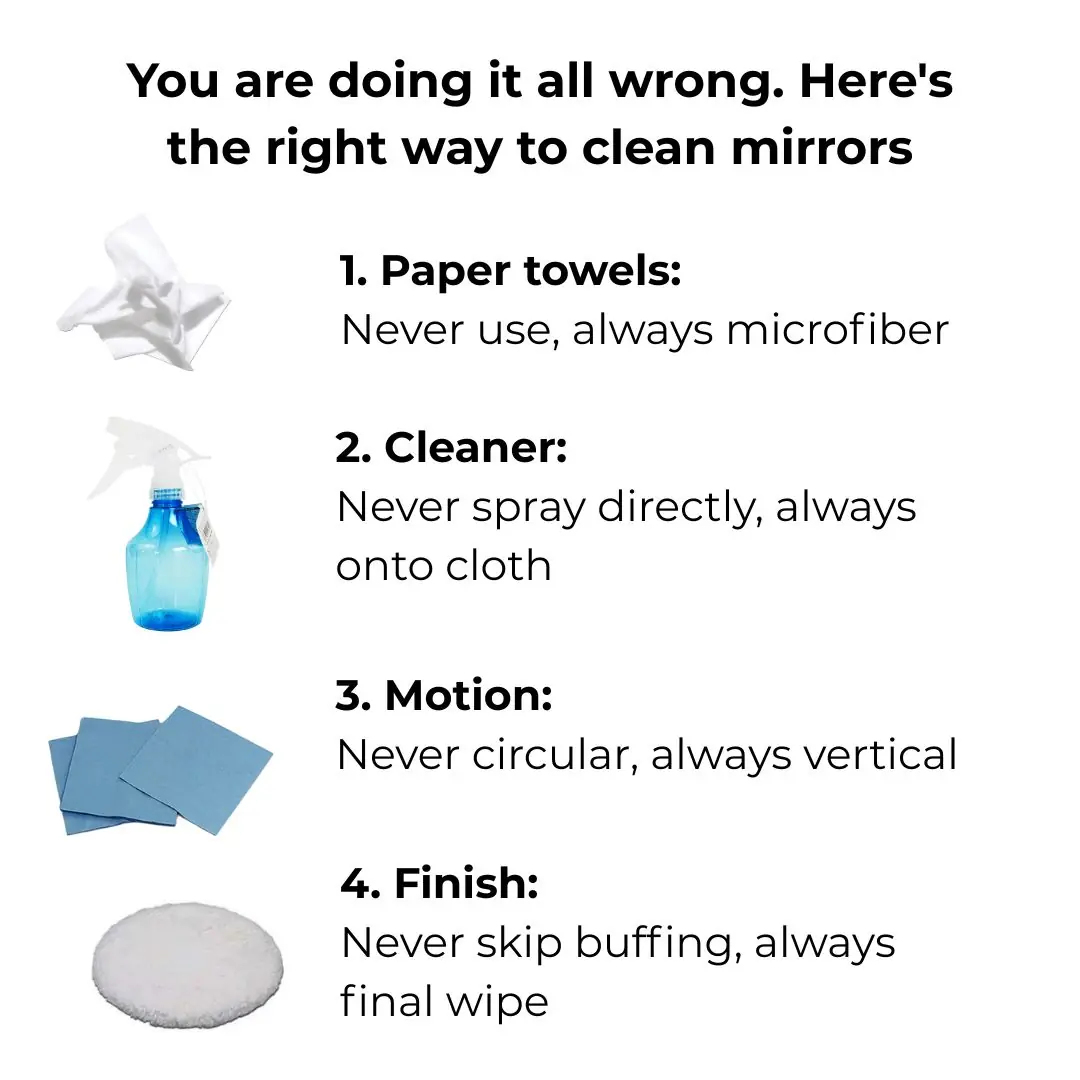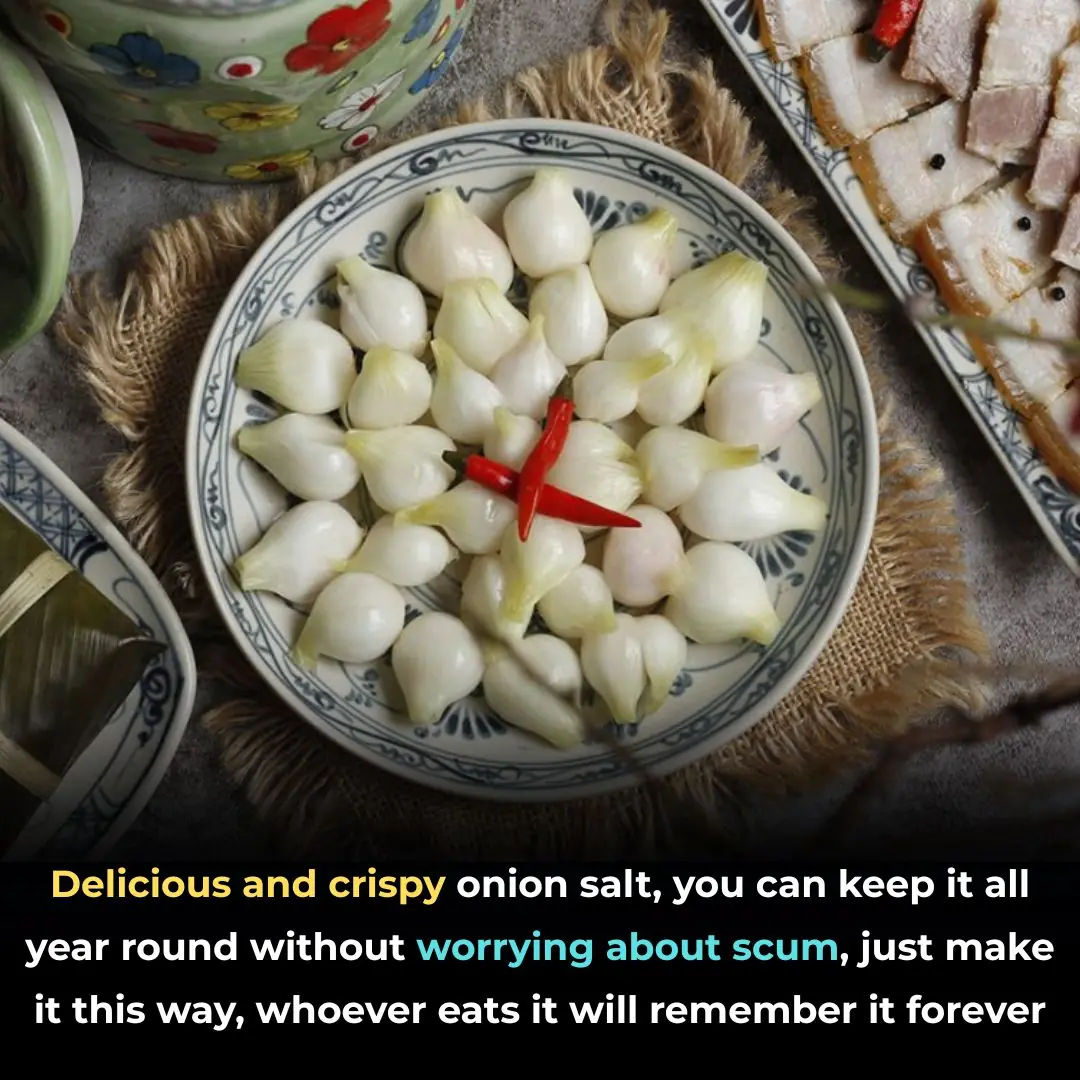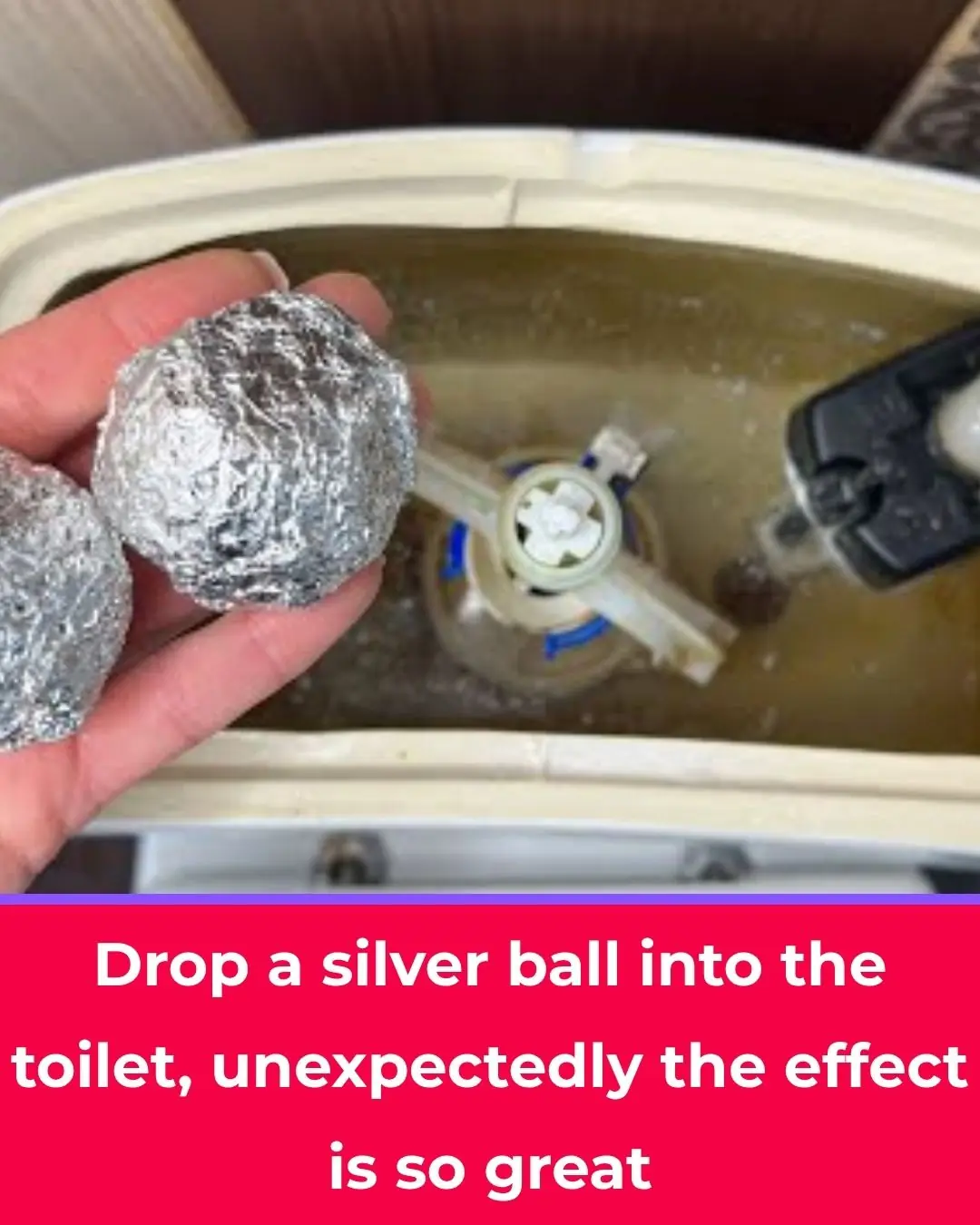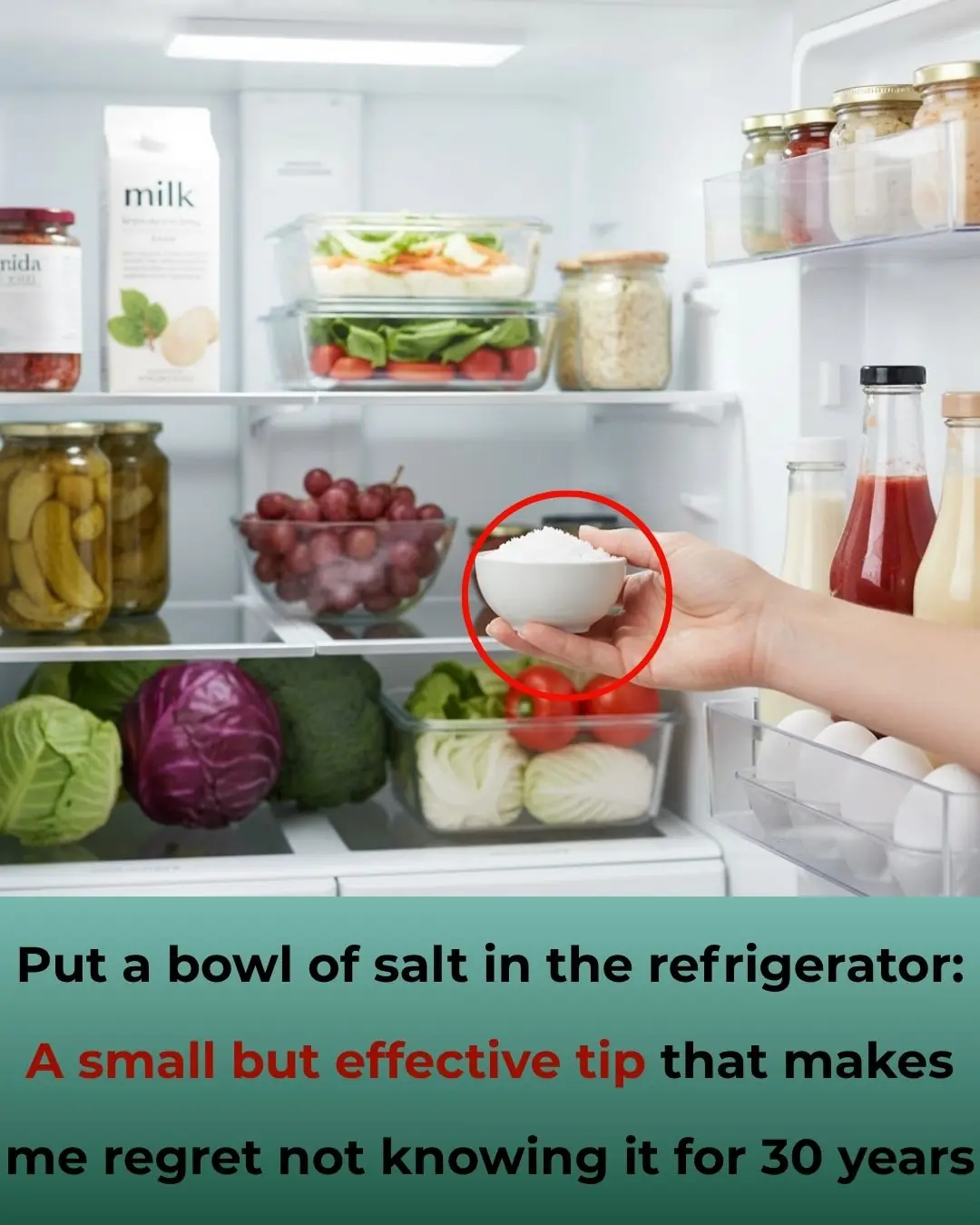
Most do this wrong. 10 leftovers you’re storing wrong
In today’s fast-paced world, leftovers are more than just a convenient solution — they’re a smart way to reduce food waste, save money, and cut down on daily cooking time. Yet, while saving that extra portion of dinner seems harmless, the way you store it can make a world of difference. Improper leftover storage doesn’t just ruin the texture and flavor of your meal; it can also lead to foodborne illnesses and unnecessary waste.
Many people unknowingly make small but significant mistakes that cause leftovers to spoil faster or even become unsafe to eat. By learning a few essential storage rules, you can extend the life of your meals, preserve taste and texture, and protect your health.
Below are eleven common mistakes people make when storing leftovers — and simple ways to fix them so your food stays fresh, flavorful, and safe for longer.
1. Hot Food in Sealed Containers: A Recipe for Bacteria
Putting hot food straight into a sealed container before refrigeration is one of the most common food storage errors. Trapped heat creates a warm, humid environment that bacteria love — and this can quickly turn safe food into a health hazard.
Always allow food to cool to room temperature before refrigerating. As a rule, don’t leave it out for more than two hours (or one hour if the room is particularly warm). To speed up cooling, spread food out in a shallow dish or divide it into smaller portions. You can even place the containers in a bowl of ice water to cool them faster before storing.
2. Pizza Wrapped in Foil: A Crispy Mistake
Many people wrap leftover pizza in aluminum foil, thinking it will keep it fresh. Unfortunately, foil traps steam, making the crust limp and soggy.
For best results, line an airtight container with a paper towel to absorb moisture before placing the pizza inside. When it’s time to reheat, skip the microwave and use an oven at 375°F (190°C) for about 10 minutes or a skillet on medium heat for a crispier result.
3. Soup Stored in Plastic Tubs: A Flavor Fiasco
Plastic containers may be convenient, but they can absorb strong odors and flavors over time, which affects your soup’s taste. They can also stain and warp from hot liquids.
Opt for glass containers with tight-fitting lids for soups, stews, or sauces. If you must use plastic, ensure it’s BPA-free and labeled safe for hot foods. When reheating, transfer the soup to a saucepan or microwave-safe bowl instead of heating it directly in the storage container.
4. Pasta in Airtight Jars: The Moisture Trap
Leftover pasta may seem simple to store, but airtight jars often trap residual steam, turning noodles mushy. To avoid that sticky mess, toss the pasta with a teaspoon of olive oil before storing to prevent clumping. Then, place it in a shallow, loosely covered container that allows minimal air circulation.
For best results, store sauces separately from pasta and combine them only when reheating. This keeps the noodles from absorbing too much liquid and losing their texture.
5. Bread in the Fridge: The Quick Stale Trap
Many people refrigerate bread to “keep it fresh,” but cold air actually speeds up the staling process. The starches in bread crystallize faster at refrigerator temperatures, leading to a hard, dry loaf.
Instead, keep bread at room temperature in a paper bag, bread box, or linen wrap to maintain its soft texture. If you need to store it longer, freeze it in slices for easy toasting later. Frozen bread can last up to three months without losing quality.
6. Rice Left Out Overnight: A Dangerous Oversight
Cooked rice left sitting on the counter overnight is one of the riskiest food storage habits. The bacteria Bacillus cereus can survive cooking and multiply rapidly at room temperature, producing toxins that reheating won’t destroy.
To stay safe, refrigerate rice within two hours of cooking, ideally in a shallow, uncovered container until it cools. Then cover it tightly. When reheating, make sure it’s steaming hot all the way through before serving.
7. Cooked Potatoes at Room Temperature: A Toxin Risk
Like rice, cooked potatoes can also harbor dangerous bacteria if left out too long. Clostridium botulinum — the same bacteria responsible for botulism — can grow in cooked potatoes wrapped in foil or stored at room temperature.
Always refrigerate potatoes within two hours of cooking, and unwrap them from foil before doing so. When reheating, ensure they reach at least 165°F (74°C) internally to kill any bacteria.
8. Herbs in Water: The Wilting Error
It may seem natural to store herbs upright in a glass of water, but this method often makes them slimy and limp within a day or two.
A better option is to treat herbs like salad greens: gently wash and dry them, wrap them in a slightly damp paper towel, and place them in a resealable bag or container in the fridge. For heartier herbs like parsley or cilantro, a small jar with an inch of water covered loosely with a plastic bag works best.
9. Fried Foods in Paper Towels: The Soggy Dilemma
While paper towels can absorb oil, they also trap steam — leaving your once-crispy fried food disappointingly soggy.
Instead, place fried foods on a wire rack set over a baking sheet, allowing excess oil to drain away and air to circulate. When reheating, use an oven or air fryer rather than a microwave to revive their crunch.
10. Cheese in Plastic Wrap: The Suffocation Effect
Cheese is alive — it needs to breathe. Storing it in airtight plastic wrap traps moisture and limits airflow, encouraging mold growth and ruining texture.
For ideal storage, wrap cheese in wax or parchment paper, then place it in a loose plastic bag or resealable container. This method keeps the cheese moist without suffocating it. Soft cheeses like brie or mozzarella should be stored in their original packaging or lightly covered in a small container to prevent drying out.
11. Opened Canned Goods in the Fridge: The Metallic Mistake
Leaving opened cans in the fridge can cause a metallic taste and possible chemical reactions that alter your food’s flavor and safety.
Always transfer canned food to a clean glass or BPA-free plastic container with a tight-fitting lid before refrigerating. This helps preserve freshness and prevents unpleasant aftertastes. Label the container with the date so you know when to use it — most canned leftovers last 3–4 days once opened.
Final Thoughts
Proper leftover storage isn’t just about tidiness or convenience — it’s a simple yet powerful way to prevent food waste, protect your health, and enjoy your meals at their best. By making small adjustments, such as cooling food before refrigeration or choosing the right containers, you can ensure that every bite tastes just as good as when it was first made.
News in the same category


You’re doing it all wrong. Here’s the right way to clean air vents

My nana taught me this hack to get rid of lawn burn from dog pee in 5 mins with 0 work. Here’s how it works

You're doing it all wrong. Here’s the right way to store milk and dairy

You are doing it all wrong. Here's the right way to clean mirrors

Delicious and crispy onion salt, you can keep it all year round without worrying about scum, just make it this way, whoever eats it will remember it forever

You are doing it all wrong. Here's the right way to store cleaning supplies

My nana taught me this hack to whiten yellow pillows in 5 mins with 0 work. Here’s how it works

If you see this plant, you are sitting on gold and don't even know it.

The truth about eating green papaya and ripe papaya is a secret that few people know

The 'green miracle' fruit that fights cancer and treats diabetes but is overlooked by many: Sold widely in Vietnamese markets

How to wash and condition hair with rice water to reduce hair loss and continuously promote new hair growth

4 dishes using hairleaf herb to effectively treat stomach pain

5 Warning Signs That Could Indicate a Serious Illness — Check Yourself and Your Loved Ones

Drop a Silver Ball into Your Toilet — You’ll Be Amazed at What Happens Next

Don’t Eat Tofu Right After You Buy It—Freeze It First for a Magical Effect

Put a Bowl of Salt in Your Fridge: A Simple Yet Powerful Hack I Wish I Knew 30 Years Ago

4 Nighttime Habits That Make Women Age Faster and Shorten Lifespan: How Many Do You Do?

Today I Learned the Right Way to Use the Washing Machine Detergent Drawer — No Wonder My Clothes Used to Get Dirtier After Washing!
News Post

A 3-Year-Old Girl Bit a Thermometer and Swallowed Mercury: A Mother’s Smart Reaction Saved Her Daughter’s Life and Earned the Doctor’s Praise

5 Signs of Kidney Failure That, If Ignored, Could Lead to a Lifetime of Dialysis

Is Cancer Hereditary? Useful Advice to Prevent the Growth of Cancer Cells

4 types of people who should avoid eating cucumbers

10 Warning Signs It’s Time to Cut Back on Caffeine

Scientists Reveal Interoception, the Amazing Sixth Sense of Humans

Stop throwing out old hoses. Here are 10 brilliant hacks to use them around the house

Shaun Wallace’s heartbreak over tragic family death: ‘I watched him physically degenerate’

EXCLUSIVE: Kerry Katona 'upset' over 'selfish' Katie Price as cracks show in friendship

You’re doing it all wrong. Here’s the right way to clean air vents

Big Brother fans fume ‘she can't get away with this’ as they slam housemate

My nana taught me this hack to get rid of lawn burn from dog pee in 5 mins with 0 work. Here’s how it works

You're doing it all wrong. Here’s the right way to store milk and dairy

You are doing it all wrong. Here's the right way to clean mirrors

Delicious and crispy onion salt, you can keep it all year round without worrying about scum, just make it this way, whoever eats it will remember it forever

You are doing it all wrong. Here's the right way to store cleaning supplies

My nana taught me this hack to whiten yellow pillows in 5 mins with 0 work. Here’s how it works

3 ultimate recipes using Vaseline & lemon to erase dark spots, clear acne and glow skin
